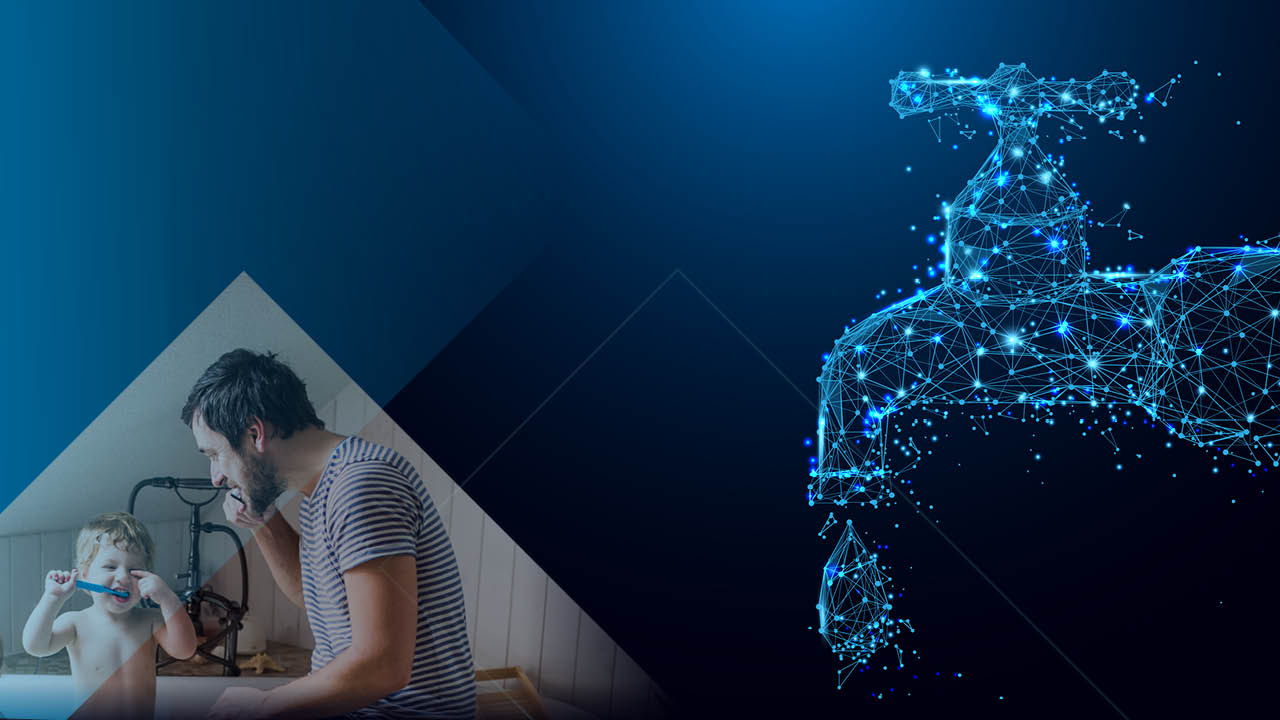Insights
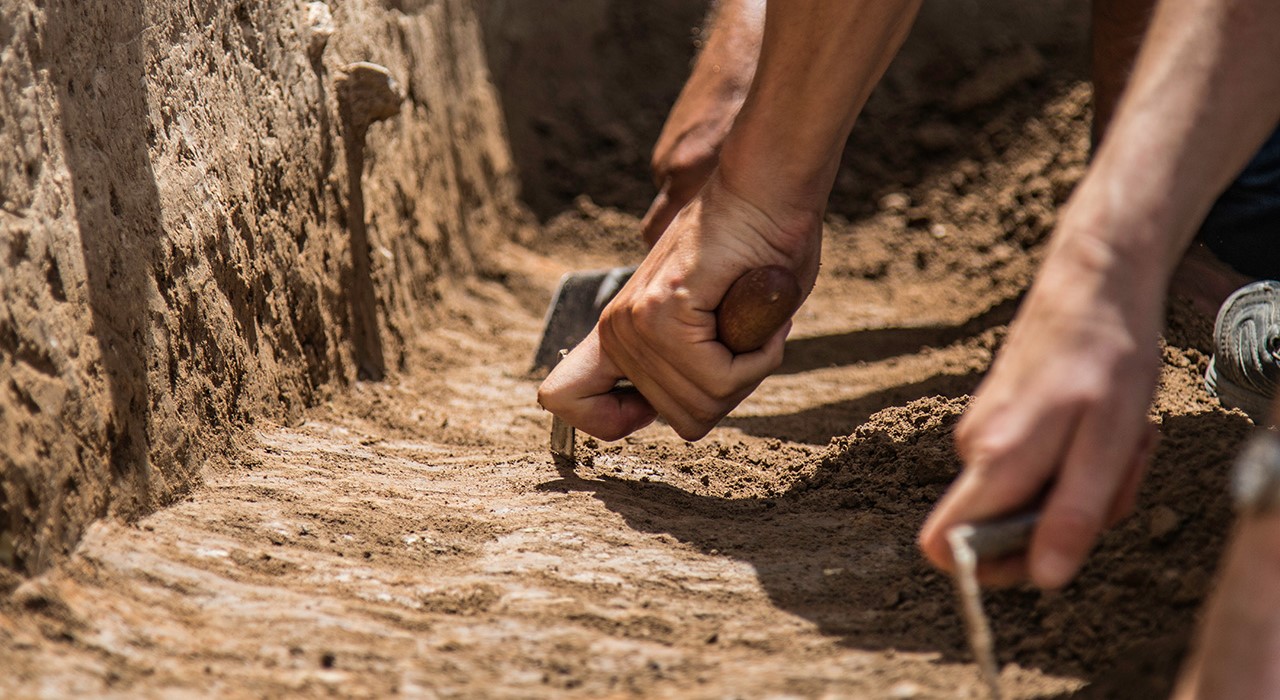
Back to the future
How can we embed new value into developer-led archaeology? Dr Kate Faccia, Jeremy Galpin, Caroline Raynor, and Dr Sadie Watson report

The digital eye in the sky. How drones are helping Costain deliver faster, safer, greener, and more efficient complex projects
When designing for major programmes of complex engineering, technology plays a vital part in increasing safety and efficiency and reducing cost and programme delay. Unmanned aerial vehicle (UAV) or drone technology provides a valuable perspective or a bird’s eye view to monitor the programme and progress.
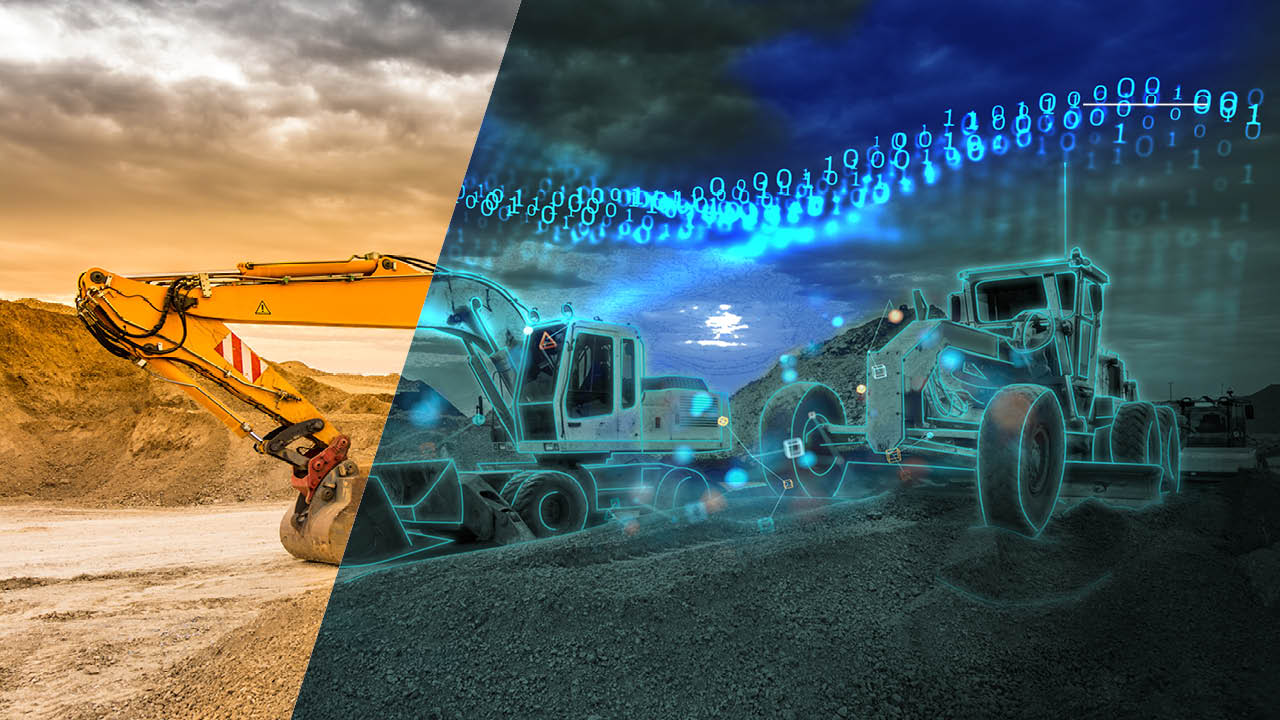
Reducing the construction machinery carbon footprint through data driven behaviours
In 2018 Costain was one of the first infrastructure companies in the UK to introduce air quality standards for plant machinery used on complex delivery projects nationwide, reducing the impact on the local environment and communities. This standard is now widely adopted across the industry.
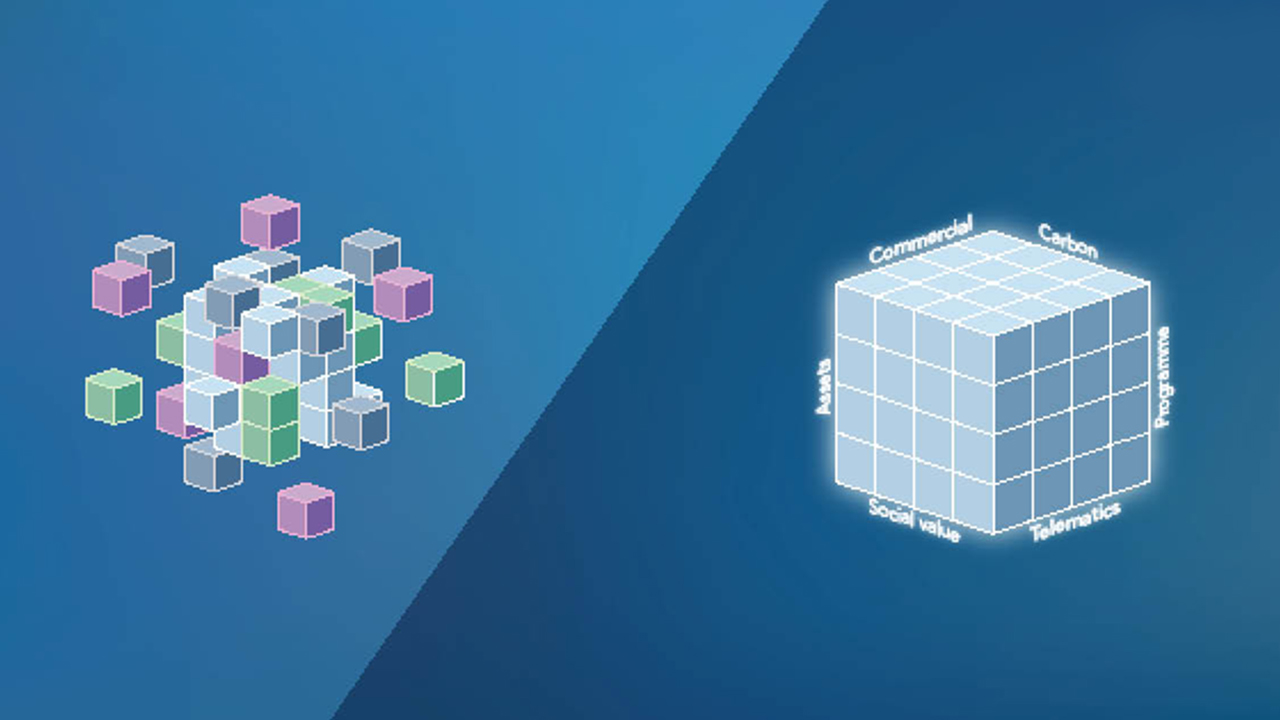
How an ‘Alexa’ for infrastructure is emerging
We’ve seen what a single source of truth and collaborative data sharing can do on a major programme like the A14 but how might this be applied across a number of programmes, a framework or even an enterprise? Here we discuss how setting up the right data sharing platform can help transform programme or business performance and meet carbon reduction targets.

Delivering excellence in major rail projects
With an ever-increasing pressure to deliver major rail projects that not only meet but exceed expectations, we have a golden opportunity to improve the way projects are delivered in the UK. In this article, members of an expert panel convened by the Railway Industry Association, discuss how excellence in delivery requires getting the very best out of the supply chain and ensuring an agile and focused approach. Ultimately, we always need to put the customers who pay for rail infrastructure at the heart of our thinking.
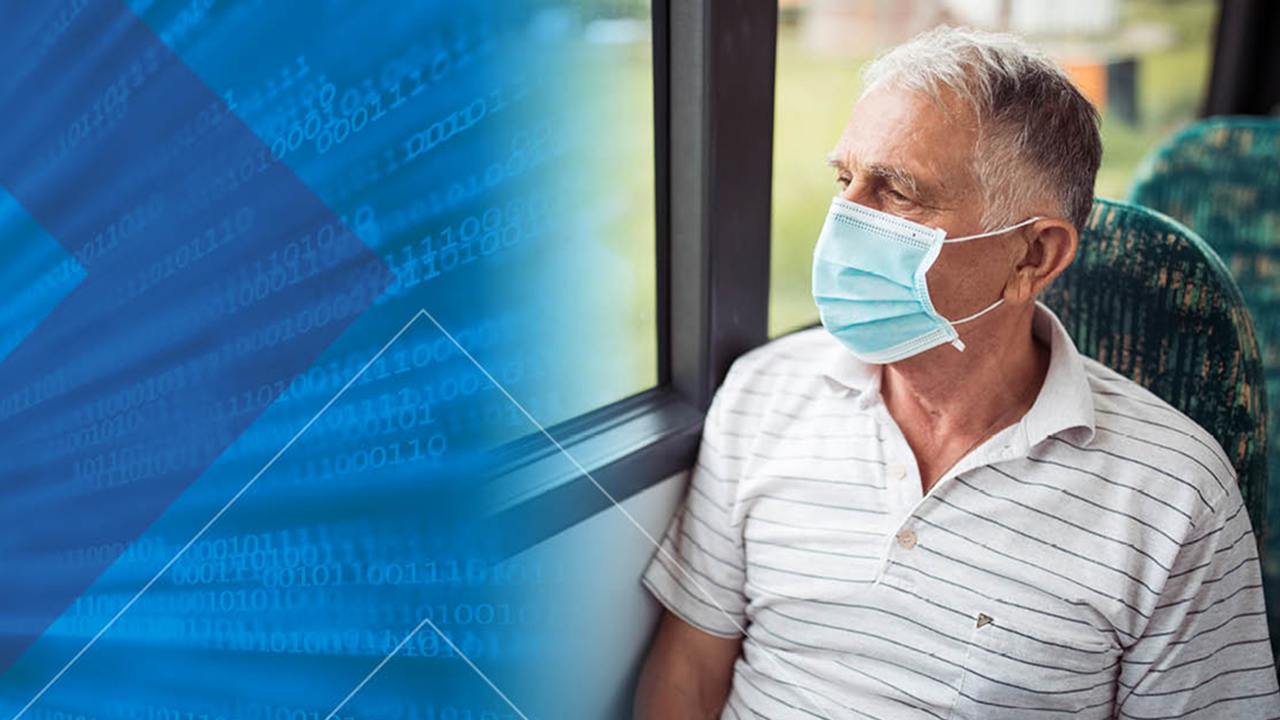
Rebuilding customer confidence in the age of Covid-19
At Costain, we believe that leveraging behavioural insights and technology is at the heart of attracting customers back to public transport. We want customers to travel with confidence and we recognise that it is only by working with transport providers to understand their challenges that we can make this a reality.
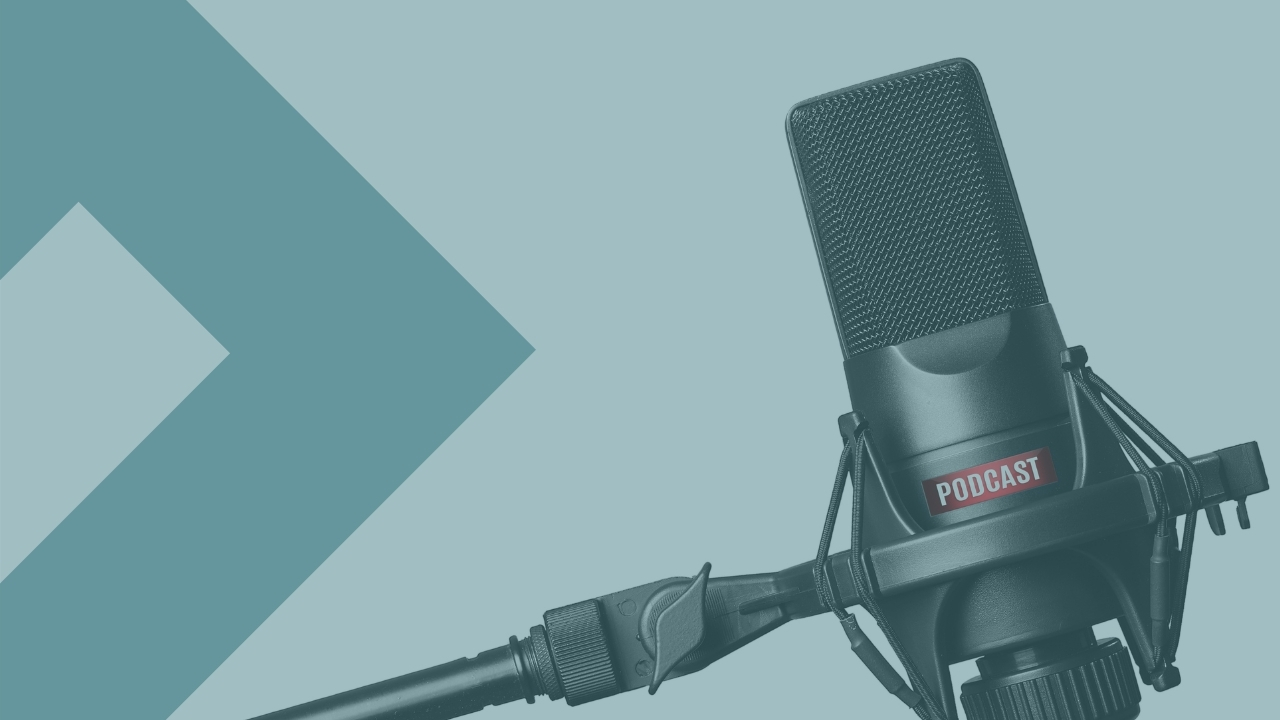
Engineering Matters Podcast #74 Weaving a new data fabric for infrastructure
Our expert, Tim Embley and has teamed up Neil Robertson from the National Skills Academy for Rail, Stuart Harvey from Transport for London and Engineering Matters to talk about a major programme that is being spearheaded by the UK’s transport sector: The Transport Infrastructure Efficiency Strategy Living Lab (TIES Living Lab, or just ‘the Living Lab’ for short).

“There is a view that we must invest and the best thing to invest in to get people back to work is infrastructure.”
Our transportation managing director, Sue Kershaw, shares her views on investment in infrastructure in the first interview of a series published by Burges Salmon, an independent law firm.

Delivering decades of operational efficiency and certainty with through-life thinking
We live in a world where #servicedelivery is non-negotiable and the safety, resilience, reliability, and security of Critical National Infrastructure (CNI) is paramount. So what steps have you and your organisation taken to ensure timely service will meet demand without fail? In this article, Nick Jacques explores how important it is for those involved in delivering an asset to understand that their role is to deliver decades of operational capability not just handover a nice new shiny, high-profile asset.

